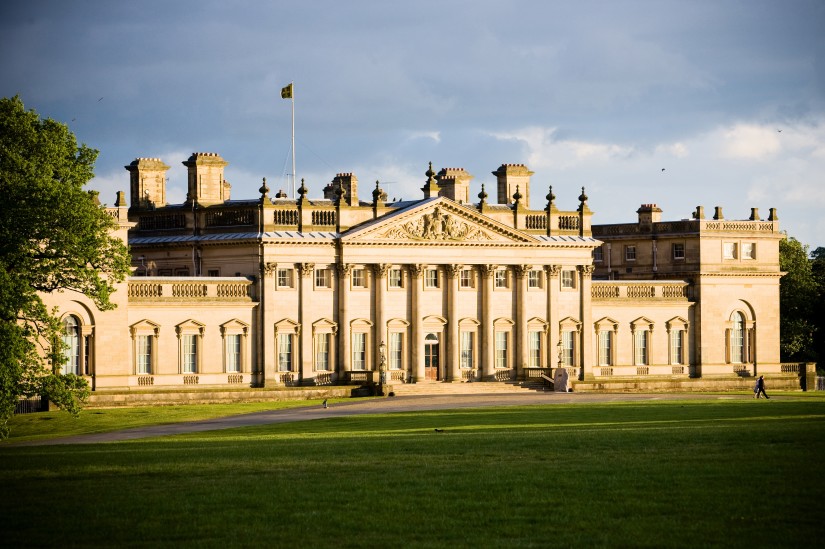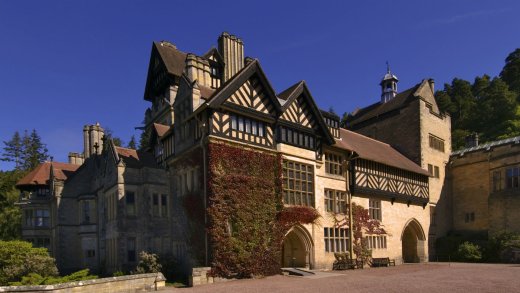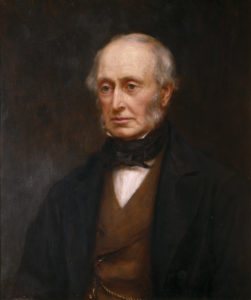Last autumn I spent three months undertaking a research visit funded by the British Council Researcher Link Programme at the University of Leeds, which was an incredibly fruitful and inspiring experience. I especially appreciated the opportunity to tap into the insights of the sociocultural aspects of the domestication of electricity and its symbolic appropriation in the home environment, developed in Graeme Gooday’s works. Michael Kay’s initiatives dealing with museum exhibits, school education programs and theatre practice are a vibrant and motivating example of how theoretical findings can be transformed into tangible forms – something any scholar dreams of. These outstanding projects invigorated my own research perspectives.
In my research I am dealing with an underestimated but fascinating theme of the early electrification of 19th century Russia, since in Russian historiography electrification is considered mainly a Soviet project. My major focus is on the usage of electricity and electric lighting in the representation of Imperial power, as well as the circumstances of adoption of electricity at royal residences.
Artificial lighting was an important component of the modern urban landscape in Europe, as well as in Russia. Tsarist Russia was a kind of a “late comer” in terms of development of electrical industry. Electric lighting was successfully employed for temporary decoration of the city for public events, as well as for creating a special glamorous and festive atmosphere in parks, gardens, restaurants and shop windows. Along with the first attempts of using electric lighting in military and naval spheres, at some factories electric lighting was employed in big public events associated with monarchy and with the Imperial family. The symbolic capacity of electricity was used to enhance political spectacles of the Russian Empire. Starting from the coronation of Alexander I in 1856 sophisticated visual effects of electricity were used at ceremonies to support the monarch’s scenario of power (R. Wortman) and current ideology. In contrast to the Soviet vision where electricity promised to transform social order, in Tsarist Russia its capacities were employed to support and strengthen the existing system.
Pageants were the setting where electricity was made publicly visible. Through the wonder excited by displays, electric light was associated with national authority and the power of the emperor himself. Visual performances, which included a variety of media – fireworks, theatre plays, concerts, gas, oil and electric illumination – were applied to convey ideological messages about the monarchy and empire. One of the most striking examples of dramatic visual effects to enhance political display would be the presentation of an electrical bouquet to the Empress as a signal to start the illumination for the coronation ceremony of Nicholas II in 1896. Once she took the bouquet with hidden bulbs secretly connected to electric wires, it started glowing. And at the same very moment, lights spread further along the Kremlin walls.
Not only was the ceremonial illumination a fascinating spectacle, but so was the preparation itself. On the eve of the coronation, Russian cities turned into carpenter and engineering workshops as special pavilions and decorations were built.
The variety of electric effects was the most diverse during the coronation of Nicholas II in 1896, and included:
Despite lavish electric illumination at Imperial ceremonies and decoration with electric lighting of certain exhibitions and public events, there was a gap between the material existence of electric infrastructure and cultural imagination and enthusiasm. The slow development of electrification in Tsarist Russia has been explained by restrictive political rules and lack of interest of certain governmental structures (J. Coopersmith). A rigid centralised system of promoting and developing new technologies prevented widespread adoption of electricity. The Imperial government did not deem electrical technology strategically important before the World War I. Although we may observe successful employment of the symbolic possibilities of electric lighting at public events and Imperial ceremonies, there was a gap between imagination and implementation.
Electricity for a long while remained a glamorous novelty, and first of all was used by the elite. Aristocracy, and especially the royal family were opinion leaders and an important stage of diffusion of the innovation. In Russian royal residences the first lighting and power systems were installed, and the novelty was tested and presented to the high society. Residences may even be seen as “showcases” and “testing labs” of new technological solutions.
This perspective opens a broader theme of Imperial technological patronage, that stayed throughout the 19th century in Russia. Royal patrons were also closely involved in issues of technological development, education and research (financing enterprises, research and educational institutions, members of the royal family headed the Academy of Sciences – for instance, the son of Alexander III, Mikhail, supported the Electrotechnical Institute in Saint-Petersburg). The highly centralised manner of governance was reflected in the personal involvement of the emperors in technological decisions. The Imperial family, due to their patronage of scientific and technological initiatives, could be associated with technological development, although a painful tension remained between Russian research endeavours and certain industrial backwardness, and between promising national potential and foreign presence.
The appearance and implementation of electric light in Russia is not just a reflection of the history of technology or technological progress. It is also intertwined with the history of royal palaces and court culture. Perception and presentation of electricity was influenced by political context of absolutist monarchy. To understand the complexity of the introduction of the novelty, it is essential to grasp aesthetic, emotional and social contexts. The end of the 19th century to the beginning of the 20th century was a transition period, during which the utilisation of electrical technology was becoming a common and widespread practice. During this period, electricity was more of a symbolic object associated with wealth, power and progress but, at the same time it was not free from prejudice and romantic affections. A gap may be observed between public exposure and media enthusiasm about electricity, and its virtual lack in the majority of the country. Electricity thus remained in the realm of utopia and imaginative thinking, and also was connected to the throne through a range of representational practices.
About the author
Natalia Nikiforova is an Assistant Professor of Cultural Studies at Saint-Petersburg Polytechnic University, Russia. Currently she is working on a project “Technological Innovations in Representation of Imperial Power: Social History of Electricity” supported by Russian Foundation for Humanities.
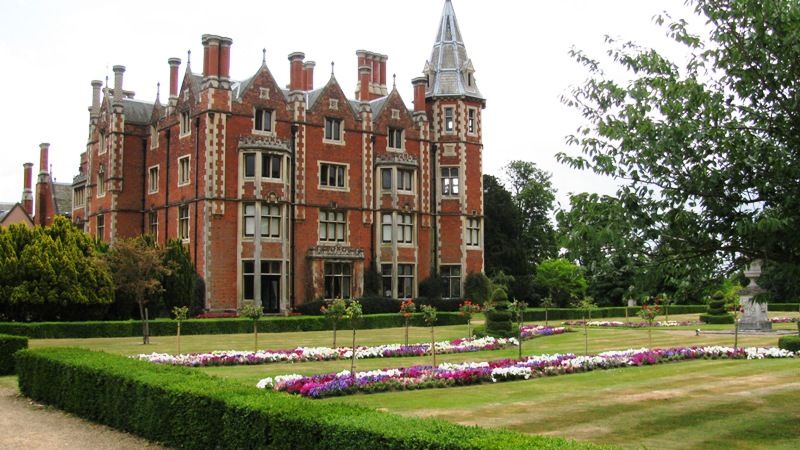
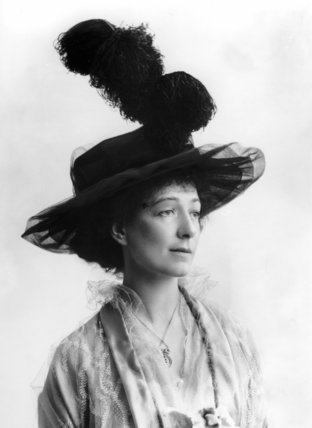
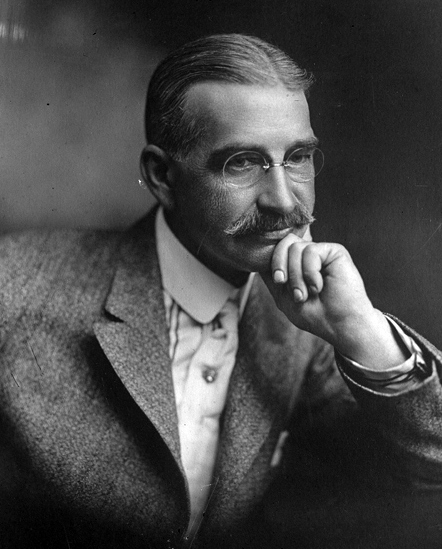
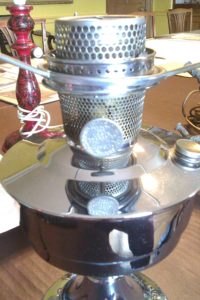
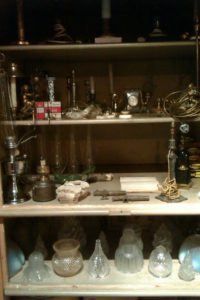
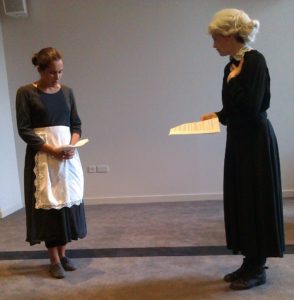
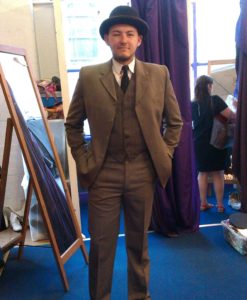
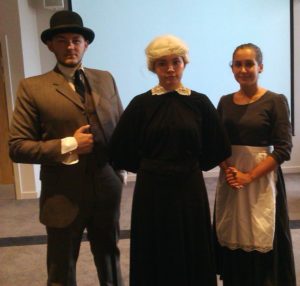

![[photo] Partridge, Haslett, and apprentices standing in line.](https://pbs.twimg.com/media/Cg4V1qSWMAAbUm6.jpg)







